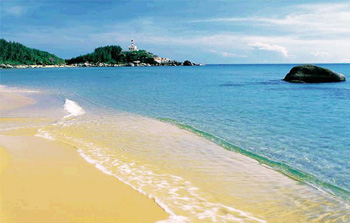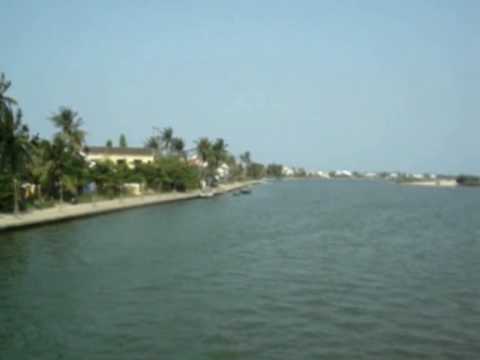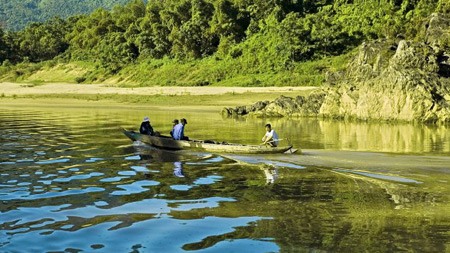The Thu Bon River not only carries tonnes of silt to the fertile land in Quang Nam province, central Vietnam, but also contributes to creating lots of cultural heritage sites such as My Son Sanctuary and Hoi An ancient town.
The Thu Bon River descends from little streams running through the forests of cinnamon trees and a rare variety of Ngoc Linh ginseng close to the height of Ngoc Linh Mountain that is over 2,500m high. This mountain is in the Truong Son Mountain Range in Nam Tra My district. In the districts of Tien Phuoc and Hiep Duc, the river is called Tranh (Picture), a really rustic name. But when it flows through the districts of Que Son and Duy Xuyen and merges into the Vu Gia River, it is called Thu Bon.

In the past, the Cham people, an ethnic minority group of Vietnam, and their culture were greatly influenced by the Thu Bon River. One of the most glorious vestiges of Cham culture is My Son Sanctuary in Duy Xuyen district.

Visiting the sanctuary, one seems lost in the world of the Cham, surrounded by images depicting sacred ceremonies, parades of horses and elephants, shining palanquins and groups of Apsara dancers in colourful dresses dancing at the foot of the ancient towers.

Before flowing into the ocean, the river also helped form one of the oldest and most beautiful port cities in Vietnam, Hoi An. Hoi An Ancient Streets, together with nearby Tra Que vegetable-growing village, Thanh Ha pottery village and Cua Dai Beach, became a unique tourism complication along the river.
Comments